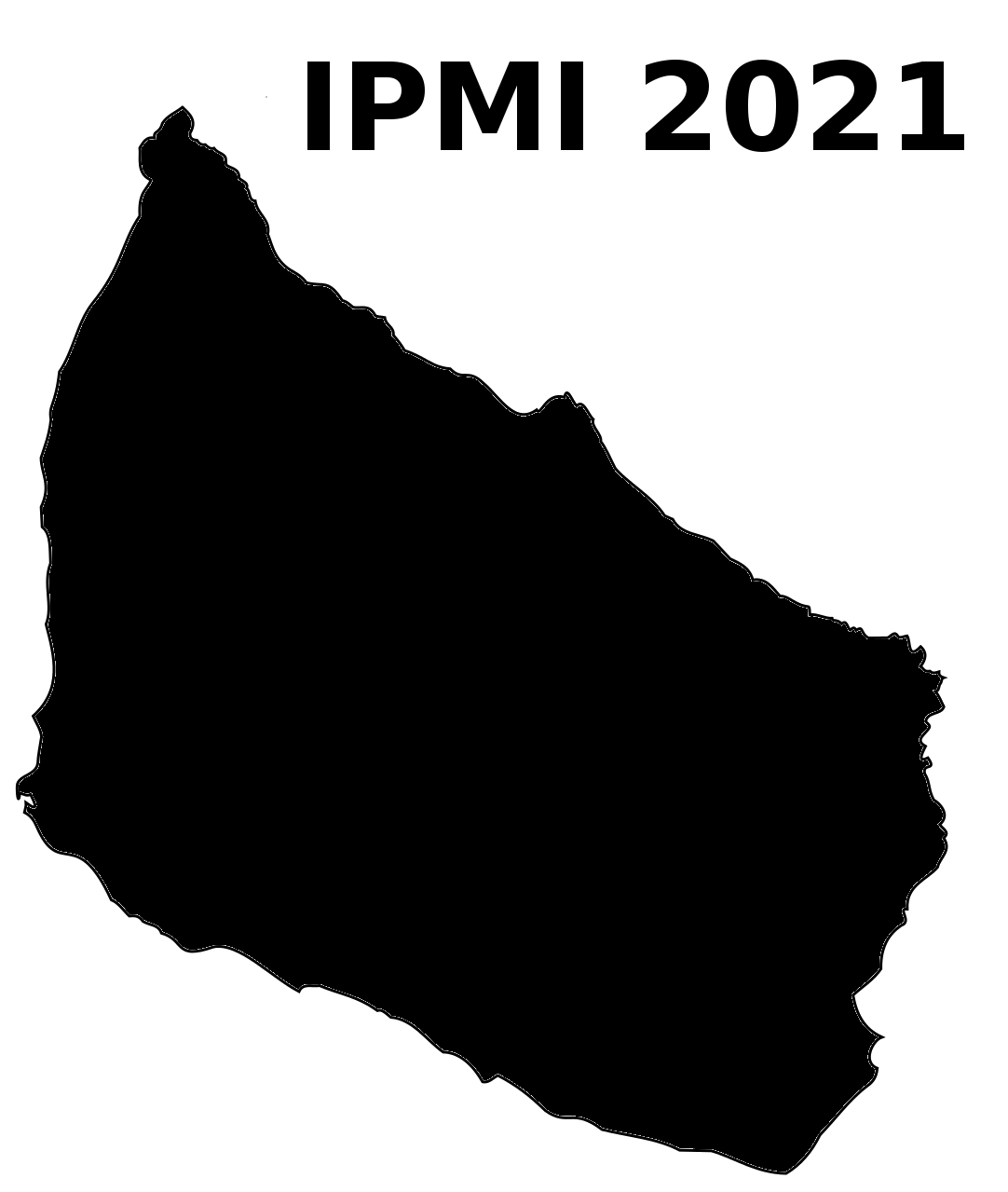Authors: Yuanyuan Lyu (Z2Sky Technologies Inc.)*; Haofu Liao (University of Rochester); Heqin Zhu (University of Science and Technology of China); S. Kevin Zhou (CAS)
Abstract:
Spinal surgery planning necessitates automatic segmentation of vertebrae in cone-beam computed tomography (CBCT), an intraoperative imaging modality that is widely used in intervention. However, CBCT images are of low-quality and artifact-laden due to noise, poor tissue contrast, and the presence of metallic objects, causing vertebra segmentation, even manually, a demanding task. In contrast, there exists a wealth of artifact-free, high quality CT images with vertebra annotations. This motivates us to build a CBCT vertebra segmentation model using unpaired CT images with annotations. To overcome the \textit{domain and artifact gaps} between CBCT and CT, it is a must to address the \textit{three heterogeneous tasks} of vertebra segmentation, artifact reduction and modality translation all together. To this, we propose a novel \textit{anatomy-aware artifact disentanglement and segmentation network} (\textbf{A$^3$DSegNet}) that intensively leverages knowledge sharing of these three tasks to promote learning. Specifically, it takes a random pair of CBCT and CT images as the input and manipulates the synthesis and segmentation via different decoding combinations from the disentangled latent layers. Then, by proposing various forms of consistency among the synthesized images and among segmented vertebrae, the learning is achieved without paired (i.e., anatomically identical) data. Finally, we stack 2D slices together and build 3D networks on top to obtain final 3D segmentation result. Extensive experiments on a large number of clinical CBCT (21,364) and CT (17,089) images show that the proposed \textbf{A$^3$DSegNet} performs significantly better than state-of-the-art
competing methods trained independently for each task and, remarkably, it achieves an average Dice coefficient of 0.926 for unpaired 3D CBCT vertebra segmentation.
